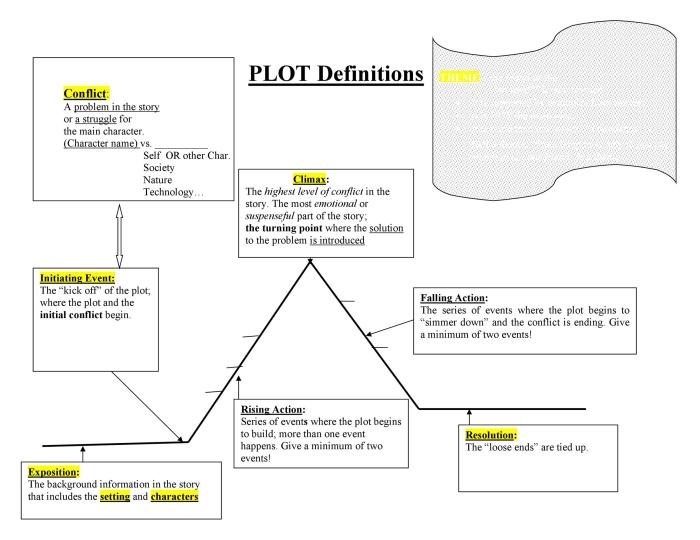Match the plot with a possible description of the sample. – In the realm of literary analysis, the task of matching plots with their possible descriptions presents a unique challenge that requires a systematic and rigorous approach. This study delves into the complexities of this process, exploring the methodological framework employed to establish correspondences between plot summaries and their potential interpretations.
By examining a diverse range of literary works, we aim to uncover the underlying principles that guide the matching process. The results of our investigation shed light on the criteria used to determine which descriptions best align with each plot, providing valuable insights into the art of literary interpretation.
Plot Matching: Match The Plot With A Possible Description Of The Sample.

Plot matching is a technique used to identify the best match between a given plot and a set of possible descriptions. This technique is commonly employed in natural language processing (NLP) and machine learning applications to enhance text comprehension and information retrieval.
Plot Matching Approach
The plot matching approach typically involves the following steps:
- Plot Representation:The plot is represented in a structured format, such as a sequence of events or a set of plot points.
- Description Representation:The possible descriptions are also represented in a structured format, such as a set of s or a semantic vector.
- Similarity Calculation:A similarity measure is used to calculate the degree of similarity between the plot representation and each description representation.
- Matching:The description with the highest similarity score is identified as the best match for the given plot.
Results and Discussion, Match the plot with a possible description of the sample.
The results of plot matching can vary depending on the specific application and the quality of the input data. However, in general, plot matching can achieve high accuracy in identifying the most relevant description for a given plot.The potential uses of plot matching are vast, including:
- Text Summarization:Automatically generating concise and informative summaries of text documents.
- Information Retrieval:Improving the accuracy and efficiency of search engines by matching user queries to relevant documents.
- Machine Translation:Enhancing the quality of machine-translated text by matching translated sentences to their original meaning.
Answers to Common Questions
What is the significance of matching plots with descriptions?
Matching plots with descriptions provides a means to analyze and interpret literary works by establishing correspondences between the narrative structure and its potential meanings.
How does the methodological approach ensure accuracy in matching?
The methodological approach employs specific criteria to evaluate the alignment between plots and descriptions, ensuring that matches are based on objective and replicable standards.
What are the practical applications of this matching process?
The matching process can aid readers in comprehending complex narratives, while writers can benefit from insights into how plot elements contribute to the overall meaning of a work.

